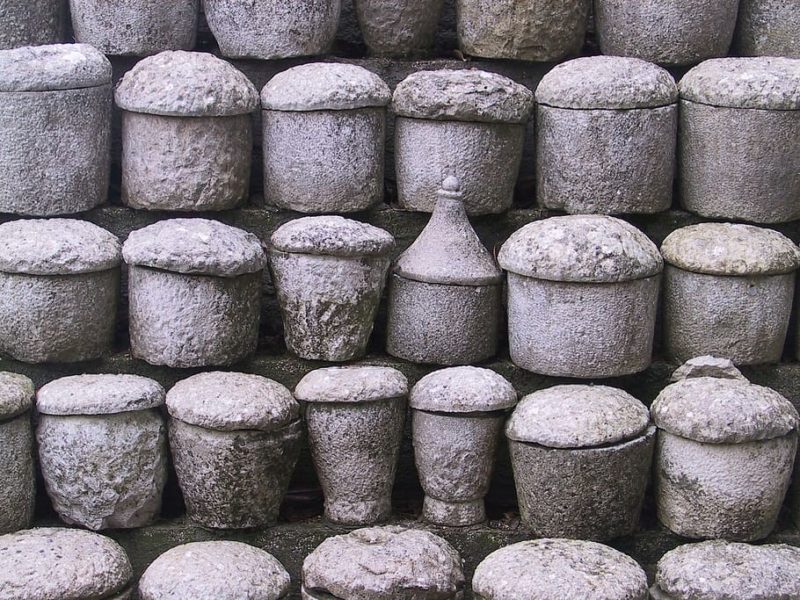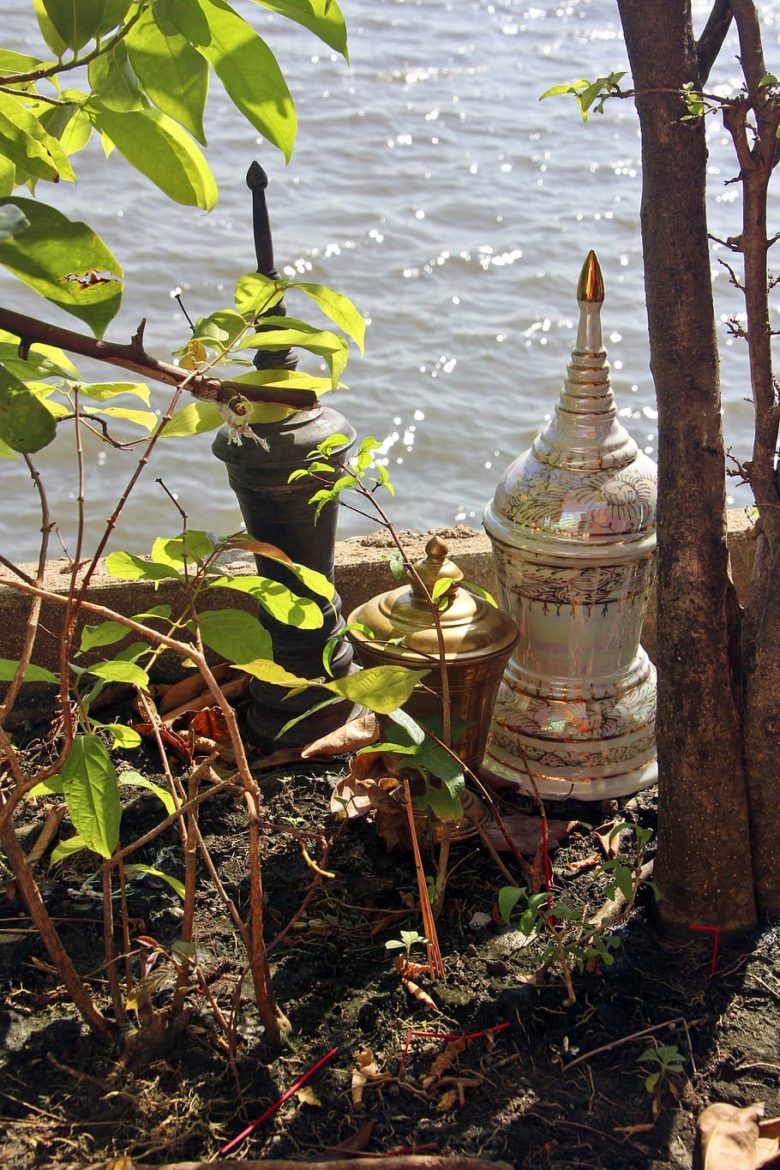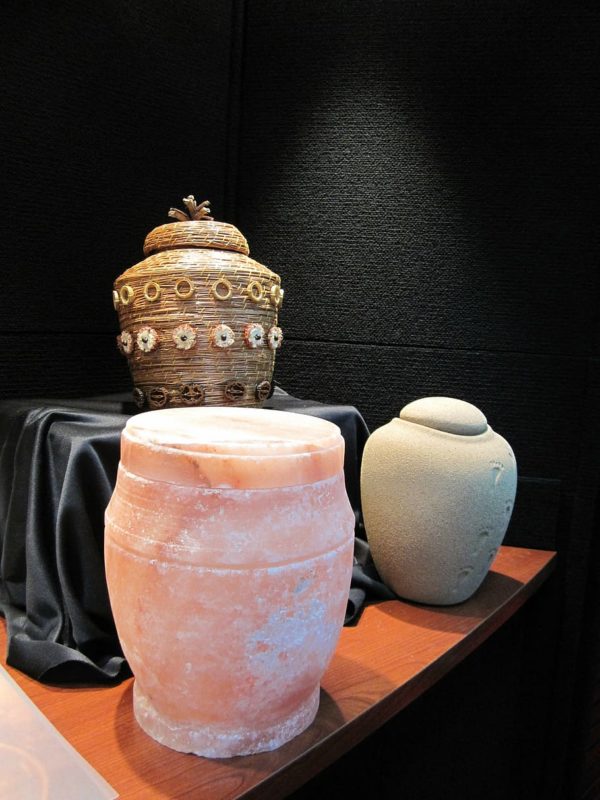Today, approximately 40% of deaths that occur in America result in cremation, which is a significant increase over the past few decades. There are numerous reasons that go into why more and more people are opting for cremation over a burial service.
Some of these reasons include the fact that it is an increasingly mobile world, there is much less compliance with family traditions, and there is also greater religious tolerance. When it comes to religion, burying a loved one in a churchyard doesn’t hold much meaning or value if the beloved or loved ones don’t associate themselves with that religion.

Cremation, on the other hand, isn’t required to have a religious association. Everyone has somewhere that holds a special meaning personally to them, such as a place from their childhood, where they got engaged or married, or just a place where they used to enjoy visiting. Scattering ashes in such a place can be more meaningful to both the beloved and the family.
There are many benefits of choosing cremation over burial from emotional to economical. Living beings are attached to each other through different kinds of emotions. And no one would like to see their loved one for the last time. You can’t stop yourself from getting emotional while experiencing such a situation. Won’t you be happy if you have something that can make you feel the person in with you and close to your heart still?
There are many shops or online businesses that offer you to make jewellery inter-twining the remains, or ashes of the person. It can be imposed in the ring, necklace, bracelet or any jewellery that will make you inextricably intertwined forever.
Here, we’ll look at three of the biggest reasons why you might choose cremation over a traditional burial to help you decide whether it’s the right move for you and the person you’ve lost.

Lower costs
Cremation costs less than a traditional funeral. The National Funeral Directors Association revealed that the average cost of a funeral in the U.S. is $6,560, including the cost of a metal casket, but not taking into account certain other costs, such as a grave marker (headstone), the cemetery pot, obituaries, and flowers. The Cremation Association of North America says that the average cost of cremation is $1,650, including the cost of a basic urn and limited memorialization services.
When looking at the costs, you should bear in mind that cremation is neither a rejection nor an alternative to a traditional funeral. A cremation is rather an option open to you as a form of allowing people to pay respects to a loved one. So you still have the option of including a visitation/wake and/or a secular or religious ceremony prior to the ceremony.
This means that you can either spend more or less than the average, depending on which service you want to include. A direct cremation, for example, where the body is cremated without a funeral service of loved ones, the present costs under $1,000, in general. You can keep costs down by buying an inexpensive yet high-quality urn from companies such as Green Meadow Memorials, which has a wide range of metal and wooden cremation urns available. It’s also possible to invest five times the average amount if you decide to buy a unique and handcrafted urn.

More service options
The body begins the decomposition process immediately after death. A memorial or funeral service, however, takes place from four to 10 days after the death of the beloved, as the family typically needs to arrange the commit and funeral services and to allow travel time for friends and family who don’t reside in the immediate area. A number of factors can affect the timing of the cremation, such as the family’s wishes or religious tradition.
Once a body has been cremated, however, there is no urgent need for anything to be done permanently to the remains. For example, it isn’t uncommon to allow the close family to visit the deceased prior to the cremation. A scattering can take place after weeks, or even years later. This allows loved ones to focus on their grief in the short-term while giving themselves time for a longer-term commitment of the remains.

Environmentally-friendly
How “green” something can be considered depends on the view of the individual. One family that recycles might regard itself as green, while another might use solar power and still not consider themselves as green as they could be. While not thought of as being environmentally-friendly as a natural burial or green burial, cremation is considered to be greener than a traditional funeral since the latter typically involves a formaldehyde-based embalming fluid, in addition to the need for land use when burying a coffin or casket.
The Greensprings Natural Cemetery Preserve says that 827,060 gallons of embalming fluid are buried each year. Unless you plan to hold the memorial or funeral service before the cremation, it might be that you don’t need a professional embalming service.
Many options for the remains don’t require land use such as scattering them in a personal location or keeping them in an urn Even if you opt to bury the urn itself or place it in a columbarium, it still requires a smaller piece of land than it would bury a coffin or casket.
Is it Beneficial or Not?
Be it cremation or traditional burial both have their pros and cons. One can give you the remains as his/her memory, while others can grow a tree. And after the spread of coronavirus, it is better to cremate the body rather than to bury. The virus can’t stay alive in extreme heat this way they will be destroyed and the spread can be stopped. There are many things that need to be taken care of after someone passes away. Cremation might be a simpler and faster solution, but in case of sudden death, you should definitely talk with your family to see if that is the right choice. Another option, as suggested by onewill.co, you should also check will, if it does exist to see what was the final wish of the deceased.
The cremation funeral is common in most countries like Japan, India, etc. Now America is also opting for the cremation over a traditional burial. 55.8% of Americans opted for the cremation in 2024 which is expected to rise up to 70.6% till 2030.


